If there's one constant in parenting, it's that the parental landscape is ever changing. Things that were listed as A-Okay with your first kid can become a big no-no by the time your second is born (here's looking at you, Rock 'N Play).
While those "wait, I had no idea!" moments are a parenting rite of passage, wouldn't it be nice to get a heads-up about controversial products before you add them to your registry? This guide covers baby items that divide parents and experts alike, so you can make informed decisions for your family.
What's Inside This Guide
- Sleep-Related Products
- Feeding and Comfort Items
- Movement and Activity Gear
- Health and Wellness Products
- How to Decide What's Right for Your Family
Sleep-Related Products
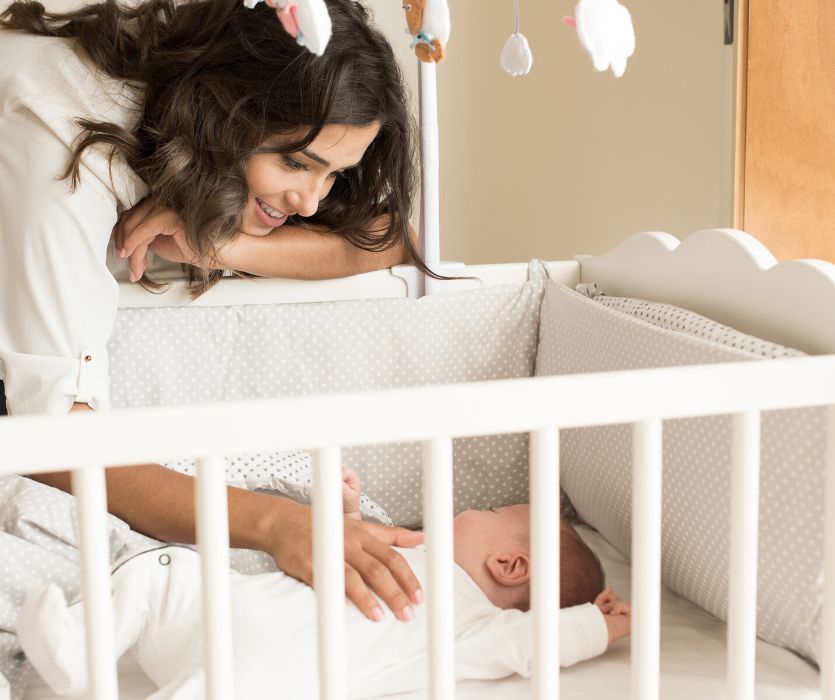
Crib Bumpers
What parents love: The promise of protecting little heads from crib bars.
The safety concern: Crib bumpers pose suffocation and entrapment risks. Here's what makes this confusing: fabric bumpers are labeled "banned, hazardous products" but still appear on store shelves, while mesh bumpers remain legal.
My experience: I removed mine after my son wedged his face against it at 3 months old. That moment of panic wasn't worth the aesthetic appeal.
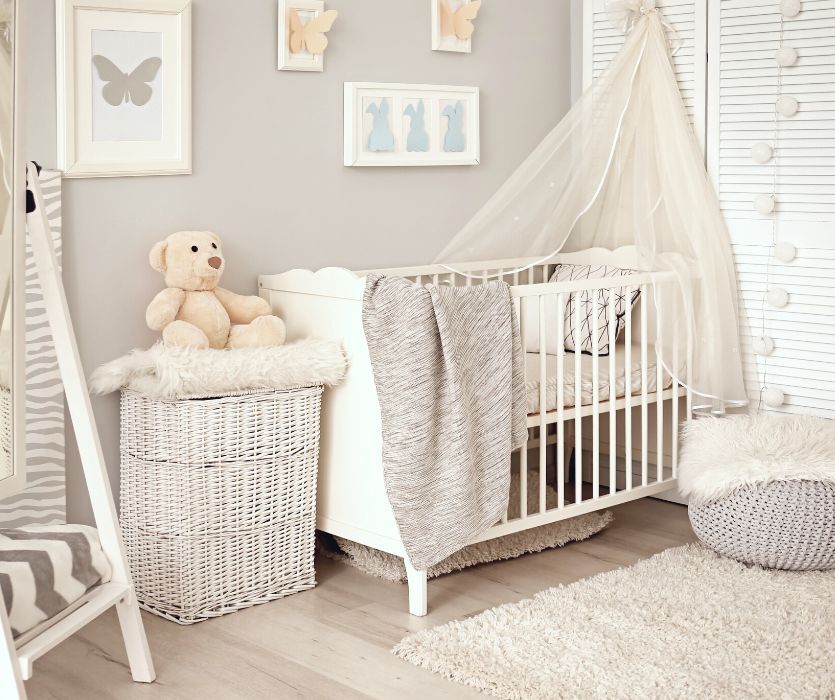
Crib Decor
What parents love: Those Instagram-worthy nurseries with canopies, shelves, pictures, pillows, and blankets.
The safety concern: Anything that could fall into the crib or be pulled in by baby creates a suffocation risk. Safe sleep guidelines recommend keeping cribs completely clear – no pictures hung above, no canopies, no loose bedding.
The reality: I know it feels harsh after you've designed the perfect nursery, but bare cribs save lives. Save those adorable blankets for tummy time and photo ops.
Learn more about safe sleep guidelines from the AAP as well as a whole post on safe sleep guidelines if you want to know the nitty gritty.

Sleep Positioners
What they claim: Wedges and anti-roll pillows promise better sleep and relief from reflux by keeping babies in specific positions.
The safety concern: The FDA and pediatric safety experts agree these aren't safe, and there's no evidence they actually help with conditions like GERD. Even the beloved Snoo has been called a sleep positioner by some experts because of its built-in swaddle.
What to do instead: Talk to your pediatrician about safe reflux management. Here's what the AAP recommends for babies with reflux.
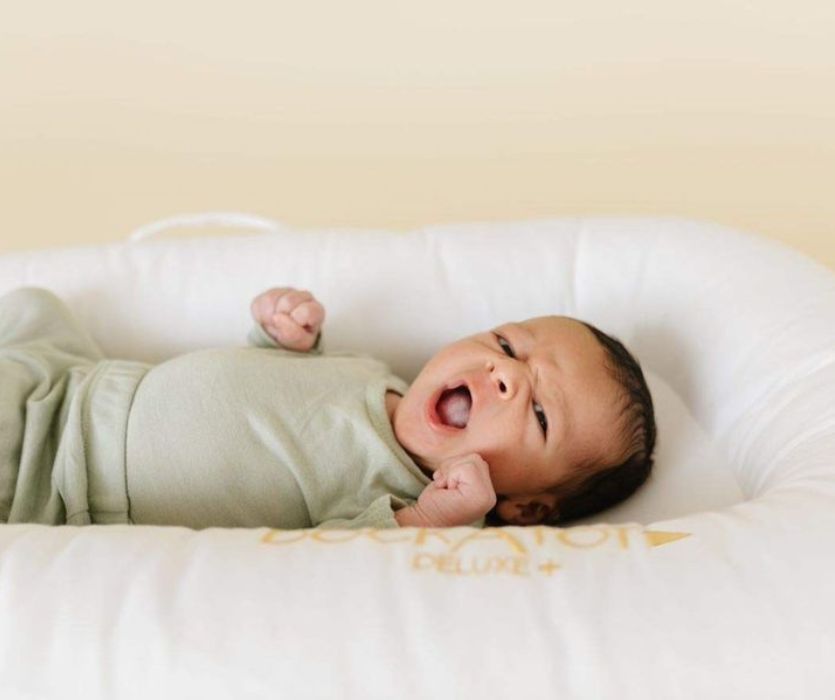
Baby Loungers (Dock-A-Tot, Baby Nests)
What parents love: These cozy "nests" are perfect for Instagram photos and seem like safe little cocoons.
The critical issue: Despite being marketed as loungers, parents inevitably use them for sleep. These products have been linked to at least 120 infant deaths and are widely condemned by child safety experts.
Bottom line: Use them for supervised awake time only, never for sleep... even naps. Here's a post about the Dock-A-Tot safety warning to give you a bit more background.
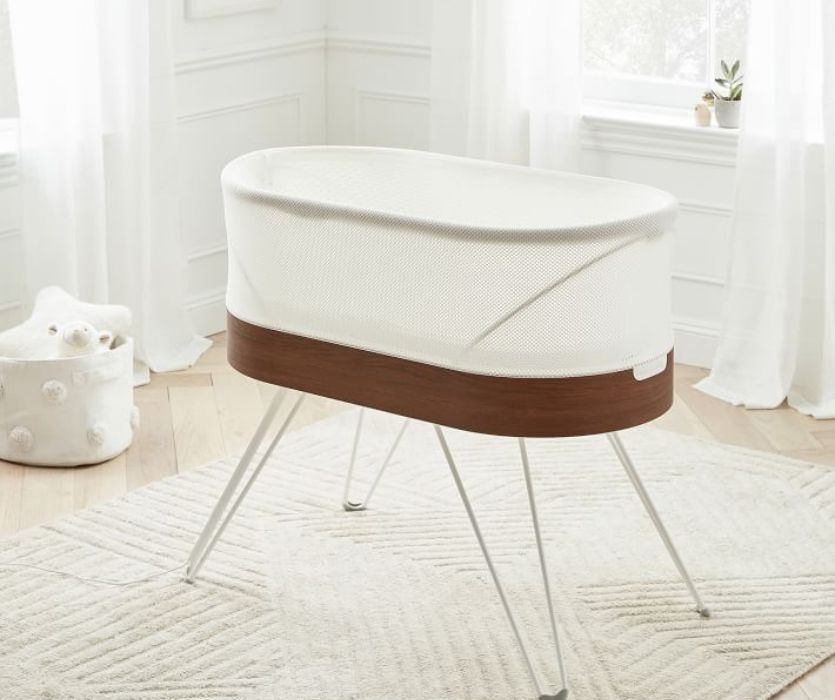
The Snoo
What parents love: The promise of an extra 2 hours of sleep per night through automatic soothing with motion, sound, and swaddling.
The concerns:
- Price: Nearly $1,700 for the base model
- Design questions: Some worry about white noise volume, rocking intensity, and whether the built-in swaddle counts as a sleep positioner
- Marketing concerns: The FDA recently approved it as a Class II medical device for keeping babies on their backs, which reduces SIDS risk. However, the FDA isn't claiming it prevents SIDS, just that it doesn't increase risk. Critics worry this verification misleads exhausted parents into thinking they need this expensive device.
My take: If you have the budget and it helps your family, great. But most babies sleep fine without it.
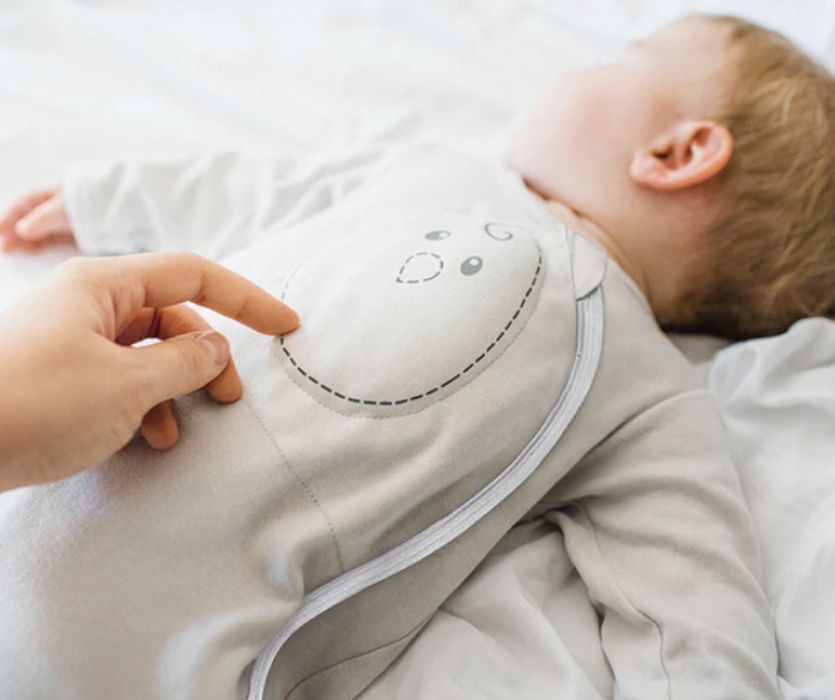
Weighted Sleep Sacks and Transition Suits
What they claim: Products like the Baby Merlin's Magic Sleep Suit promise calmer, deeper sleep through added weight.
The safety concern: Experts worry about increased suffocation risk and overheating (both linked to higher SIDS risk). Even the Merlin Sleep Suit, while not technically weighted, uses multiple layers that make it harder for babies to roll over, which is a red flag for safe sleep advocates.
The alternative: Stick with lightweight, breathable sleep sacks designed for your baby's age and rolling ability.
Feeding and Comfort Items
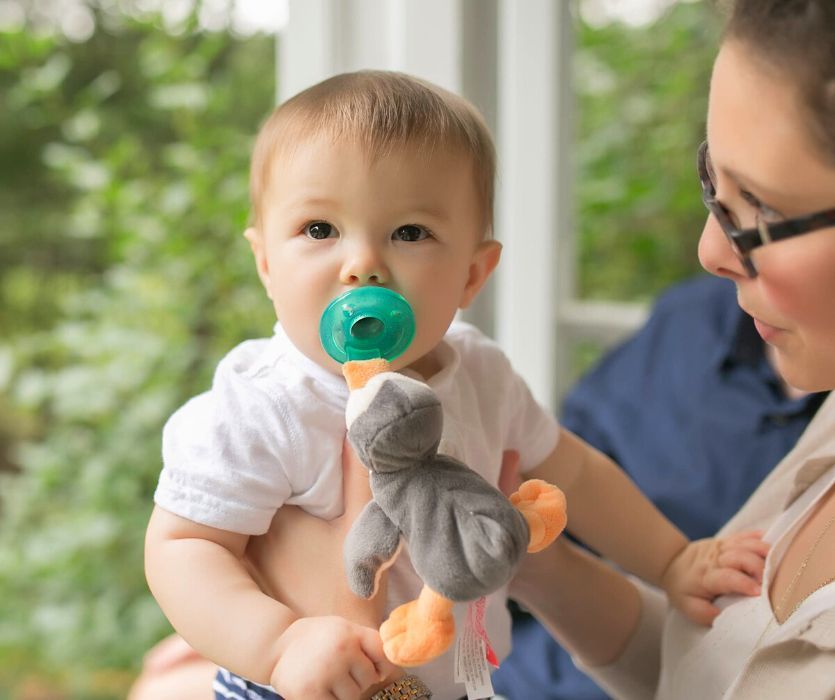
Pacifiers with Stuffed Animals
What parents love: Brands like Wubbanub make it easier for babies to hold and position their own pacifiers with those cute little attached animals.
The safety concern: While these are fine for supervised use, they become a suffocation hazard during sleep. Even Wubbanub's own guidelines say to remove the plush toy for extended sleep periods.
Simple rule: Awake time? Fine. Sleep time? Remove it.
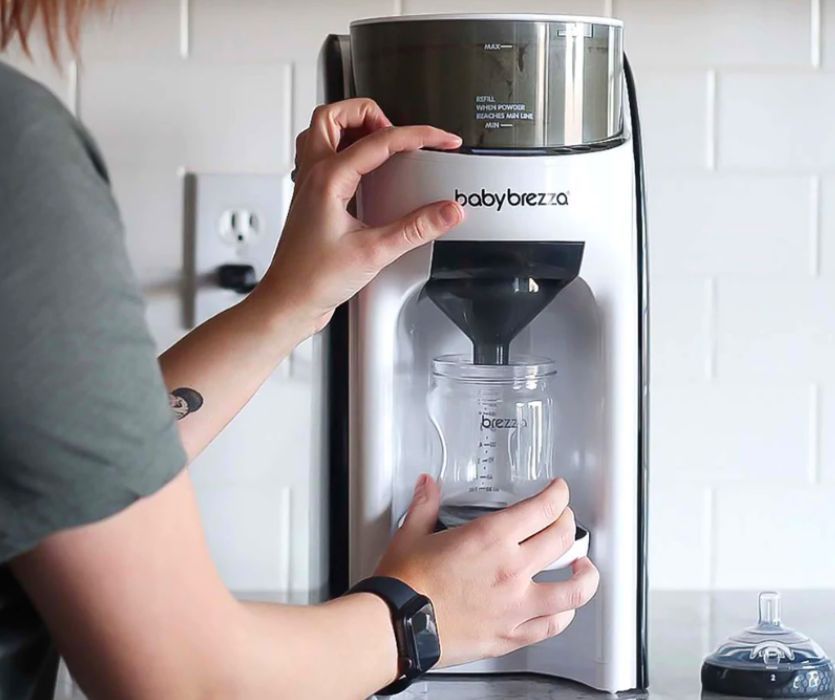
Formula Dispensers (Baby Brezza)
What parents love: Push-button convenience for perfectly mixed, warmed bottles (especially during those 3 a.m. feedings).
The concern: Reports of improper formula-to-water ratios have raised serious health concerns. The company says proper cleaning prevents this; some parents say the machine itself is flawed.
My experience: Most parents I've spoken to love their Brezza but say it's really important to read the ration instructions and clean your machine regularly. You can read more about the controversy in a Chicago Tribune article.
Movement and Activity Gear

Baby Walkers
What parents love: Entertainment value and easy mobility.
The safety concern: Babies on wheels can roll themselves toward stairs, hot surfaces, pools, and other hazards. The American Academy of Pediatrics has called for an outright ban.
Alternative: Stationary activity centers provide entertainment without the mobility danger.
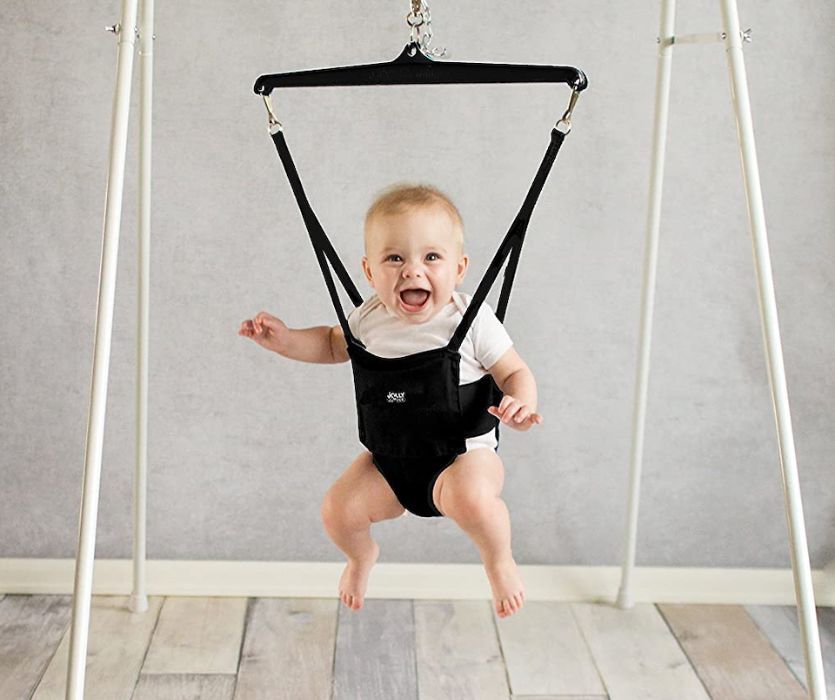
Jolly Jumpers and Doorway Bouncers
What parents love: Independent bouncing for exercise and entertainment.
The concern: Extended use might delay motor development or impact musculoskeletal development due to hip positioning and toe overuse – though evidence is limited.
My approach: We used ours for 15-20 minute sessions a few times a week. Moderation seems to be key here.
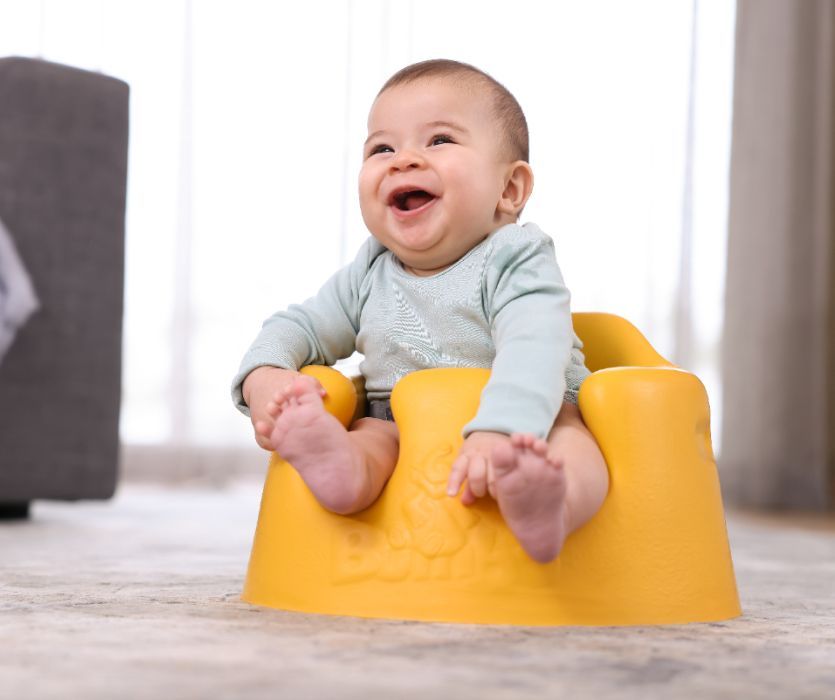
Bumbo Seats
What parents love: Lightweight foam seats perfect for babies learning to sit.
The critical safety issue: Their light weight makes it tempting to place them on tables or countertops, but falls from elevated surfaces have caused serious injuries. Both the CPSC and Bumbo are clear: floor use only.
The posture problem: Beyond fall risks, pediatric physical therapists have concerns about the Bumbo's "bucket seat" design. The seat positions a baby's pelvis in a posterior tilt, which causes a slouched or rounded back posture. Babies often lean back in the seat and then hyperextend their neck to keep their head level, making it harder to effectively use their arm and hand muscles for play.
Better alternatives for posture: Products like the Upseat are designed differently to promote healthier positioning
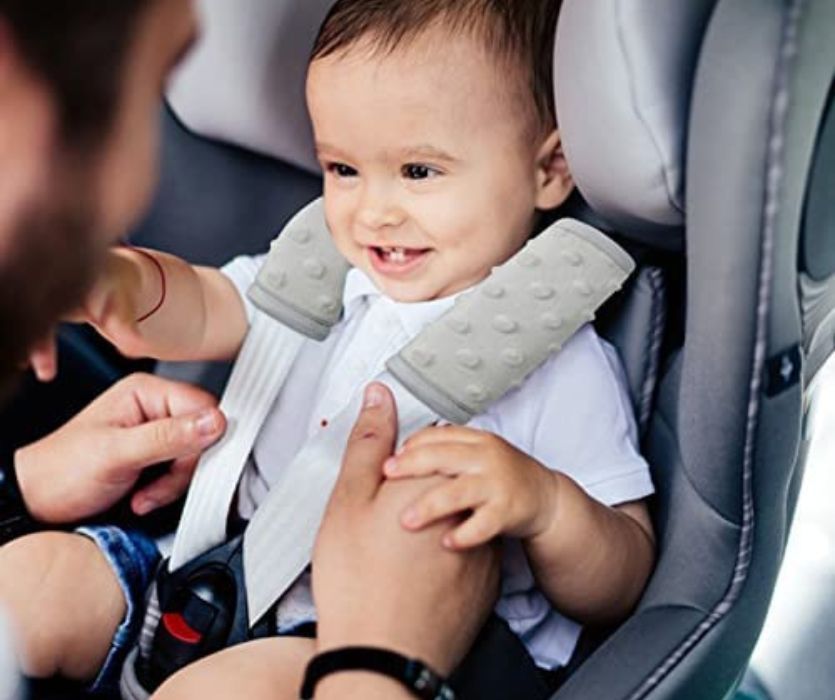
Third-Party Car Seat Accessories
What seems harmless: Head supports, seat protectors, extra strap pads – anything not made by your car seat manufacturer.
Why experts say no: Car seats undergo extensive crash testing with only their original components. Adding anything not specifically tested could compromise safety in an accident.
The exception: Only use accessories made by your car seat's manufacturer or explicitly approved for use with your specific model.
Follow Car Seats for the Littles for reliable guidance from certified techs
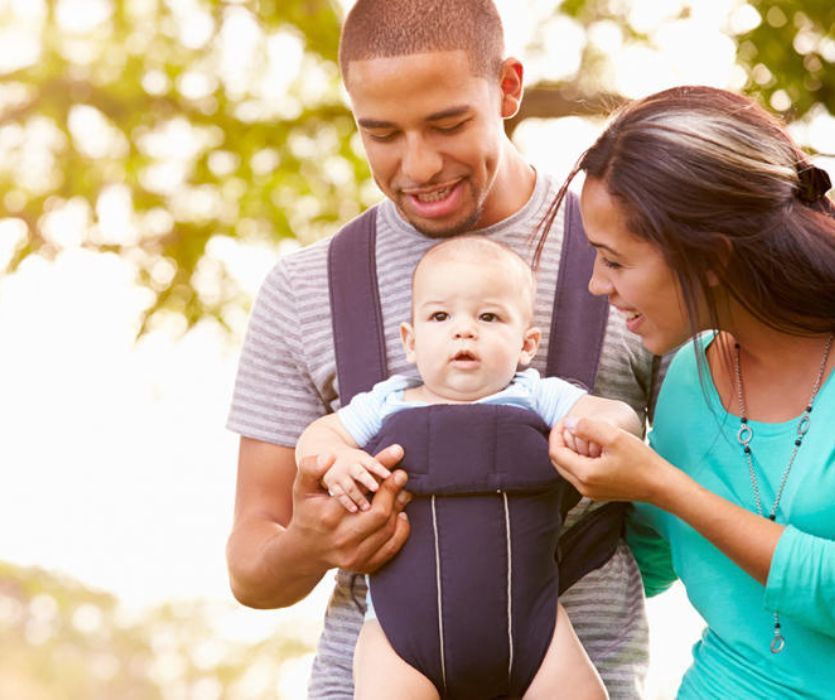
Narrow-Seat Baby Carriers
What parents love: Affordable, compact, easy to use.
The debate: Some baby-wearing advocates worry these "crotch danglers" might aggravate mild hip dysplasia, though solid research is limited.
What I learned: Look for carriers that support the "M position" with baby's knees higher than their bottom. It's better for developing hips regardless of dysplasia risk.
Health and Wellness Products
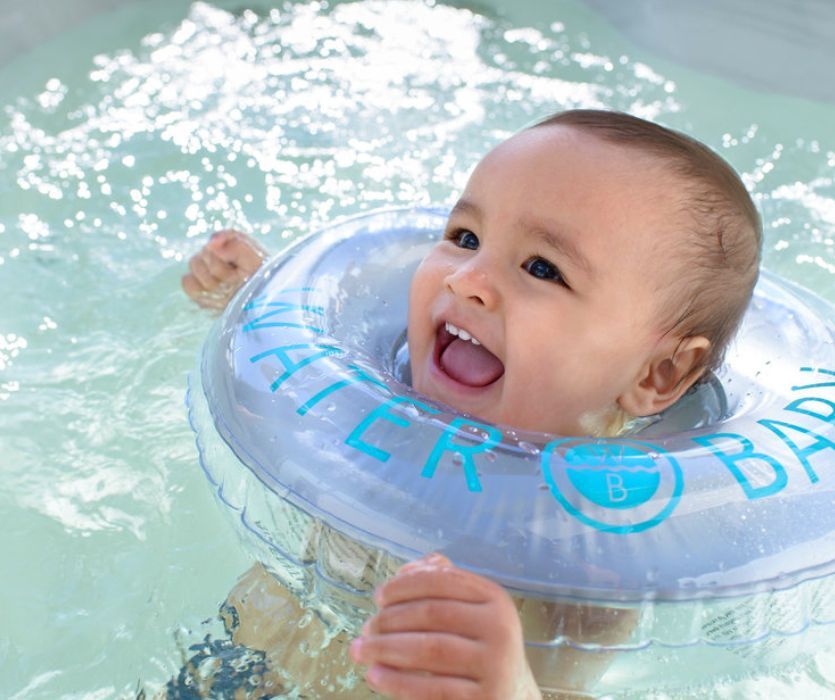
Infant Flotation Rings (Otteroo)
What parents love: Neck-worn floaties let babies move freely in water without restricting arms or legs. (They look medieval, but babies LOVE them.)
The safety concern: Rings can deflate during use, allowing babies to slip through. The CPSC also worries parents might leave children unattended, thinking the device provides adequate supervision.
Remember: No flotation device replaces constant, within-arm's-reach supervision during water play.
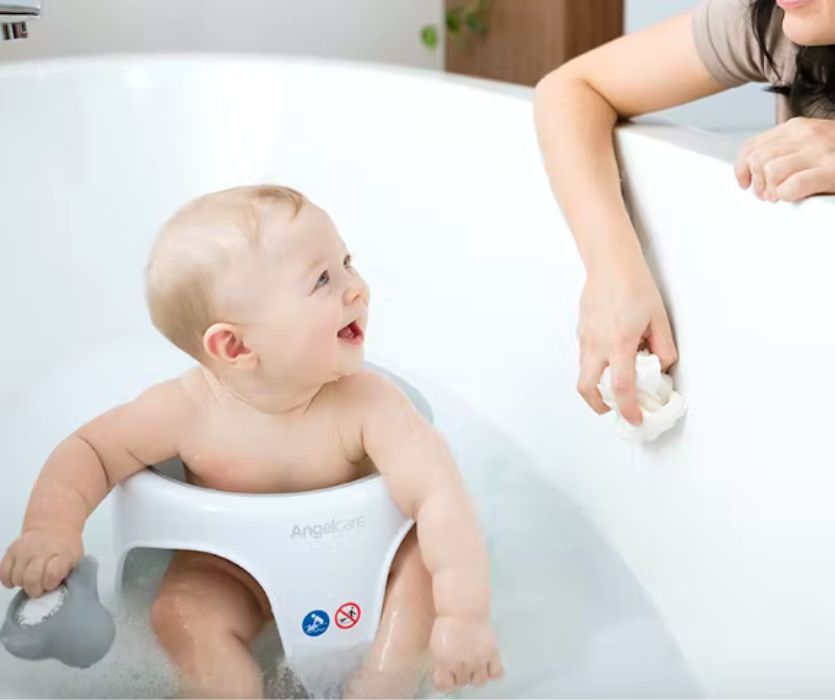
Bath Seats
What parents love: Suction-cup seats keep wiggly toddlers upright during bath time.
The danger: Failing suction cups plus a false sense of security equals drowning risk. Multiple models have been recalled.
Safer alternative: Screw-system seats that fasten with counter-pressure are more stable, but still require your constant presence.

Amber Teething Necklaces
What believers claim: Reduced teething pain, less drooling, better sleep.
The danger: Choking and strangulation are the main concerns here, with many necklace makers not adhering to ASTM guidelines designed to prevent strangulation. The FDA reports multiple injuries and one death related to these products, and the AAP recommends avoiding them. We have a whole post about teething necklaces here if you want more details.
What works: Cold washcloths, refrigerated teethers, and pain relief as recommended by your pediatrician.
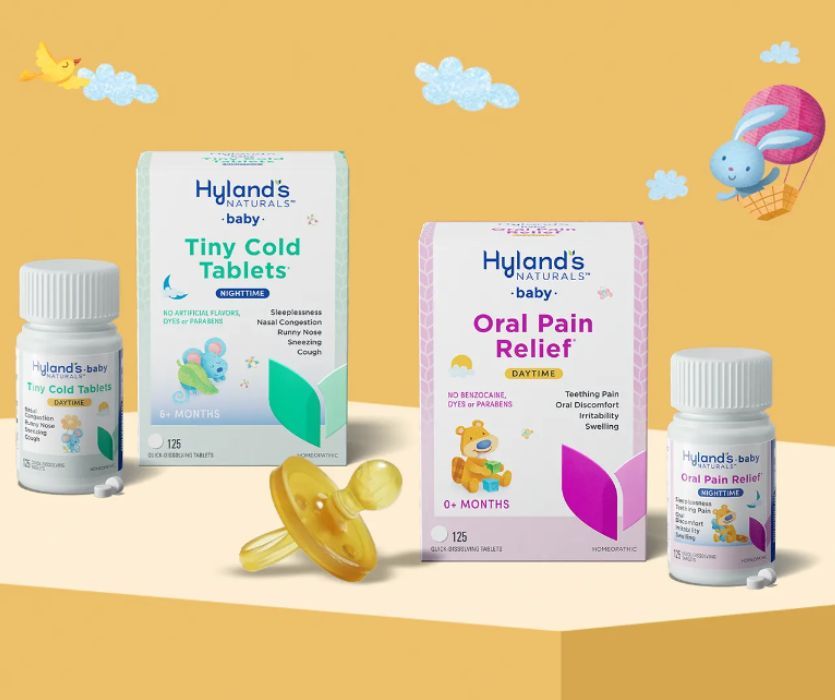
Homeopathic Meds
What parents assume: If it's on pharmacy shelves labeled "natural," it must be safe and effective.
The reality: Homeopathic medications aren't tested by the FDA, and many studies where their efficacy is tested are poorly designed or otherwise dubious. Although some people swear by them, there have been problems, including fatalities. Check out our post What’s the Deal Homeopathic Medicine for Babies? for more in-depth info.
Better approach: Talk to your pediatrician about evidence-based remedies for common baby ailments.
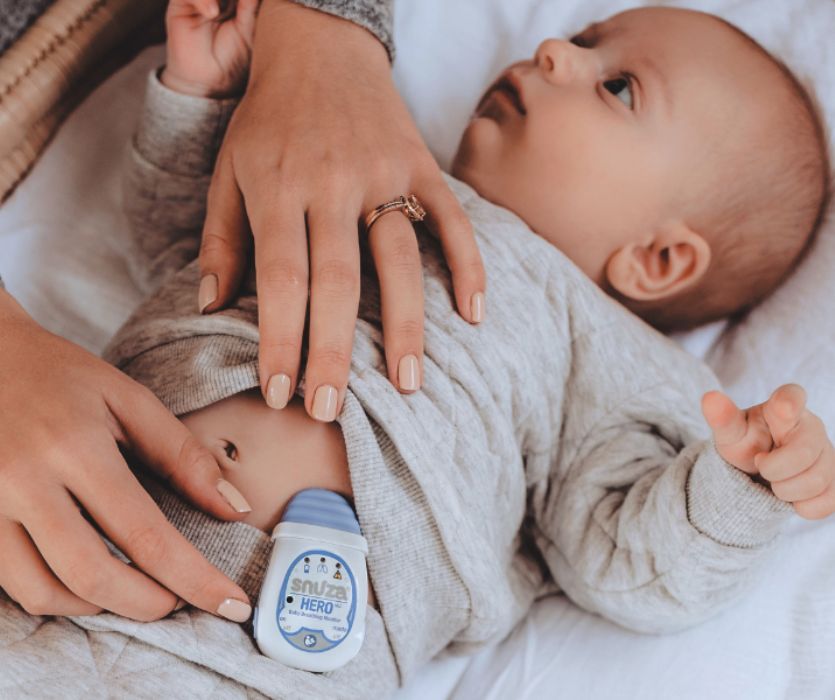
Wearable Baby Monitors
What parents love: Peace of mind from tracking heart rate and oxygen levels.
The real concern: Parents might place babies in unsafe sleep environments thinking the device will alert them to problems. Many of these devices are cleared by the FDA for monitoring vital signs – not as SIDS-prevention tools. No monitor substitutes for safe sleep practices: firm flat surface, nothing in the crib, baby on their back.
My take: If tracking vital signs provides reassurance and fits your budget, the cleared devices can serve that purpose. But they don't replace safe sleep guidelines, and if constant notifications increase your anxiety rather than reducing it, skip it. Most babies sleep safely with just a standard audio or video monitor.
Making Your Decision
Here's what 15 years of researching baby products taught me: Just because something is sold doesn't mean it's safe.
Some products on this list are dangerous because people use them incorrectly. Others probably shouldn't be on the market at all. Only you can weigh the risks and benefits for your family.
Questions to Ask Yourself:
- Am I using this product exactly as intended?
- Would I still use it if I couldn't monitor my baby constantly?
- Does convenience outweigh potential risk in this specific case?
- What do current safety organizations say about it?
- Are there safer alternatives that meet the same need?
When in Doubt:
- Check the CPSC recall list
- Consult your pediatrician
- Review guidelines from the AAP
- Follow certified child safety experts, not just influencers
The parenting landscape will keep changing – new studies emerge, products get recalled, guidelines evolve. Stay informed, trust your instincts, and remember that we're all doing our best to keep our babies safe while navigating an overwhelming amount of information and advice.
Last updated: January 2026 | All safety recommendations reflect current AAP, CPSC, and FDA guidelines
Have questions about a specific product not covered here? Drop a comment below – I read and respond to all of them, and your question might help other parents too.
Our next reco: Baby Product Safety Standards: Who Regulates What?

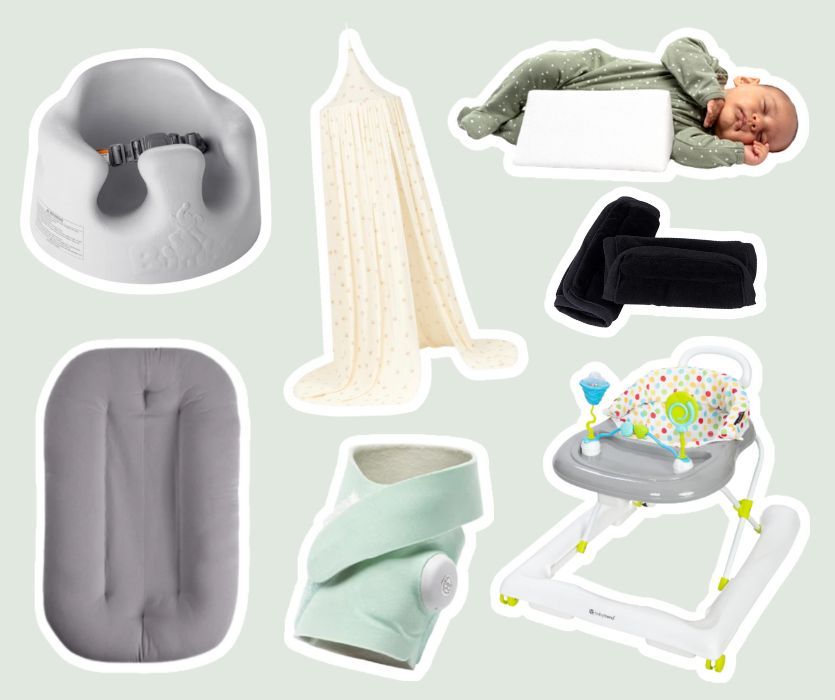
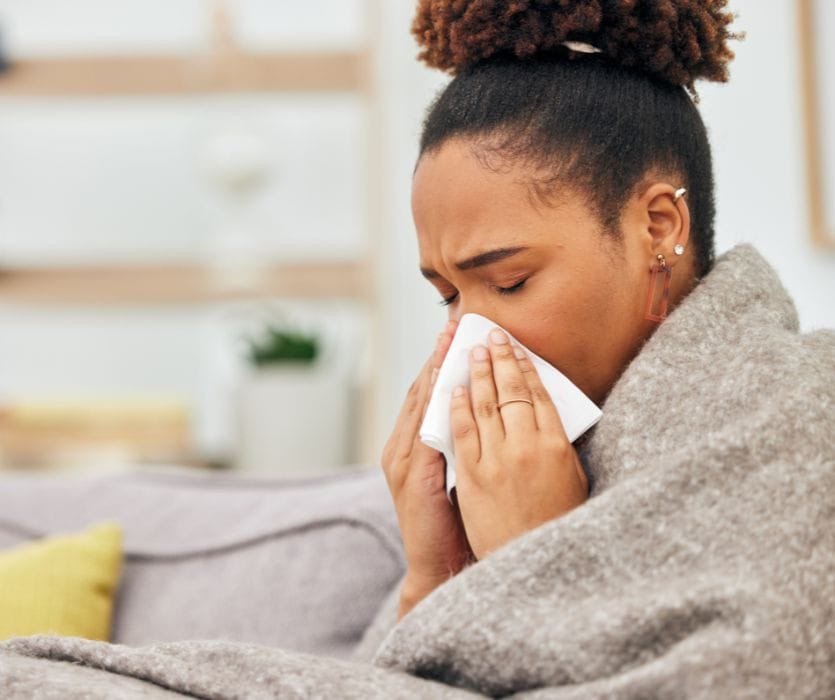
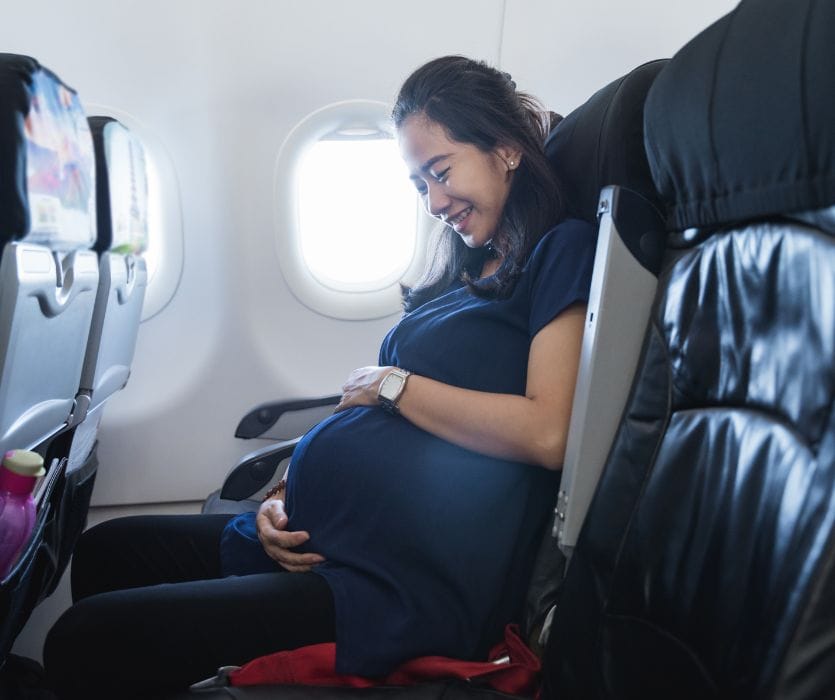
Leave a Comment